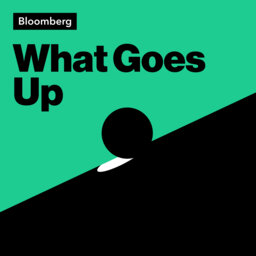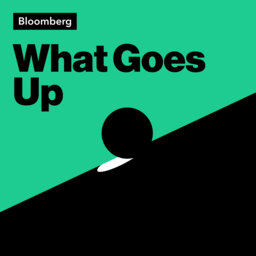How to Avoid Getting Burned by the AI Hype
There’s a lot of excitement around AI-focused stocks right now, but market veteran Art Hogan urges caution when it comes to companies that are just trying to take advantage of the hype without having true ties to the industry.
The chief market strategist at B. Riley Wealth joined the What Goes Up podcast to discuss how he views the artificial intelligence investment landscape, as well as other market trends.
“If we start to see the capital markets open, and we start to have a flood of newly minted companies that are AI-specific or adjacent, I would avoid that at all costs because they likely don’t have models,” he says.
 What Goes Up
What Goes Up


